Art Fairs
Vying for Tech Collectors, Dealers at the Seattle Art Fair Try a Novel Approach: Old-Fashioned Art
Organizers hope to cement Seattle's place on the international art fair circuit.
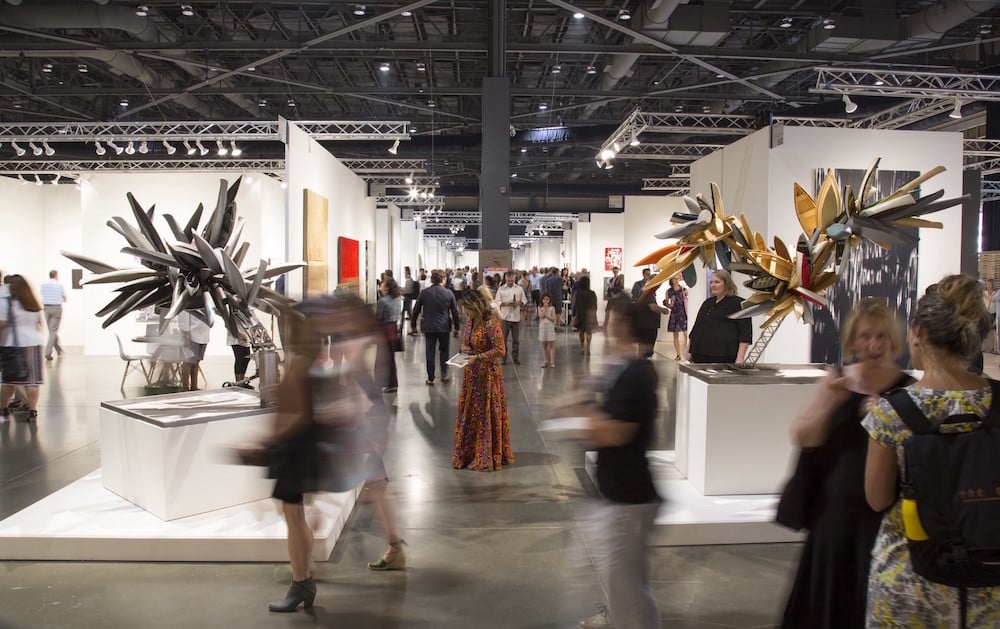
Organizers hope to cement Seattle's place on the international art fair circuit.

Eileen Kinsella

Organizers of the Seattle Art Fair are pulling out all the stops this year in an ambitious bid to secure the fair’s place on the annual circuit and cultivate the nascent market in the Pacific Northwest—a region flush with tech money but not yet overflowing with art collectors.
Will it work? The three-year-old fair, which is backed by billionaire collector and Microsoft co-founder Paul Allen’s Vulcan Inc., enjoyed a robust VIP preview on Thursday night at Century Link Field. But it remains to be seen exactly how many of the fair’s copious visitors are willing to spend big on art.
The number of exhibitors at the fair, which runs through August 6, is up this year, to 100 galleries, from 84 last year, and 62 in 2015. Along with local dealers, there are plenty of New York and Los Angeles heavyweights, including Gagosian, which has returned after a one-year hiatus. For its first ever art-fair outing, United Talent Agency presented never-before-seen art by Kurt Cobain. There is also a pronounced increase in galleries from the Pacific Rim, particularly Japan.
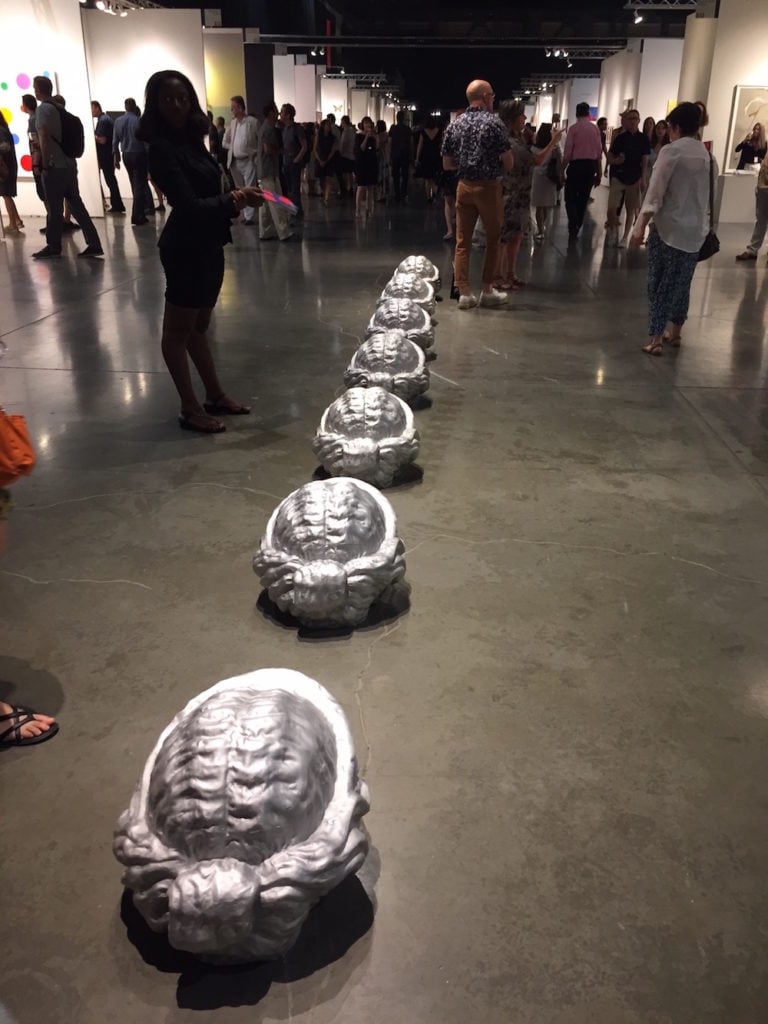
Sean Townley, 7 Diadems (2016). Courtesy Night Gallery, Los Angeles. Photo by Eileen Kinsella
In the fair’s third year, established and younger galleries alike are clearly trying to strike a balance between appealing to Seattle’s roster of old-guard collectors while also actively courting a younger generation of wealthy tech industrialists and international buyers. It makes for a varied, eclectic selection of art on offer.
“I think a lot of people get caught up in the notion that if they’re going to be seeing people who work in the tech sector, they should bring art that utilizes that language,” said the fair’s producer and artMRKT managing director Max Fishko. “I think that’s been a big mistake that’s been made by a lot of efforts to engage with the tech community.” He encourages galleries targeting the industry “not to pander.”
Many exhibitors seem to have taken his advice to heart. There was an abundance of Modern, blue-chip art on view last night that appeared to be drawing crowds, such as a presentation heavy on etchings and prints by Picasso, Munch, and others at New York’s John Szoke Gallery.
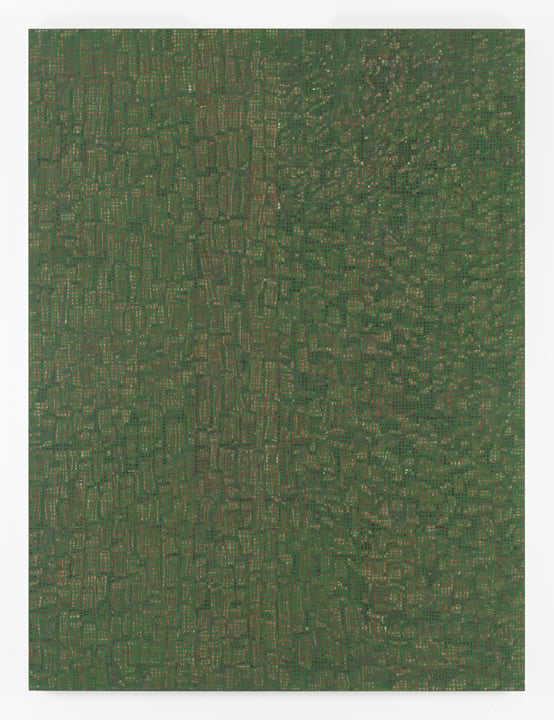
McArthur Binion, dna: sepia: v (2016). Courtesy of the artist and Galerie Lelong.
For its part, Gagosian Gallery “brought the big guns,” gallery director Deborah McLeod told artnet News, gesturing to a giant wall-hung rock sculpture by Michael Heizer, as well as rain-drop sculptural installations on the outside wall of the booth by Robert Therrien and works by Giuseppe Penone, and Ed Ruscha.
“This is a special market for us. There’s a lot of reasons to be here. We’re happy to return,” said Gagosian’s Lidia Andich, who curated the booth. Asked about the potential to cultivate a new generation of buyers, she said: “It’s too soon to tell—right now.” She said the gallery is “seeing a younger audience walking in,” but also designed the booth to appeal to both younger and more established collectors “aesthetically and price-point-wise.”

Joan Brown, After the Alcatraz Swim #2 (1975). Courtesy James Harris Gallery, Seattle.
The fair has also managed to attract the attention of US museums. Within the first few hours of the VIP opening, first-time exhibitor Galerie Lelong had sold a large painting by McArthur Binion, whose work is featured in the current Venice Biennale, to an as-yet-unidentified American institution.
Asked what prompted Lelong to participate in the fair for the first time, gallery director Mary Sabbatino mentioned Seattle’s “strong and deep history of collecting.” She told artnet News: “We have friends in the area, and friends who are on the host committee who strongly suggested we participate. We also have artists who have had a certain presence here.” Plus, she added, “There is nothing like doing an art fair during your vacation.”
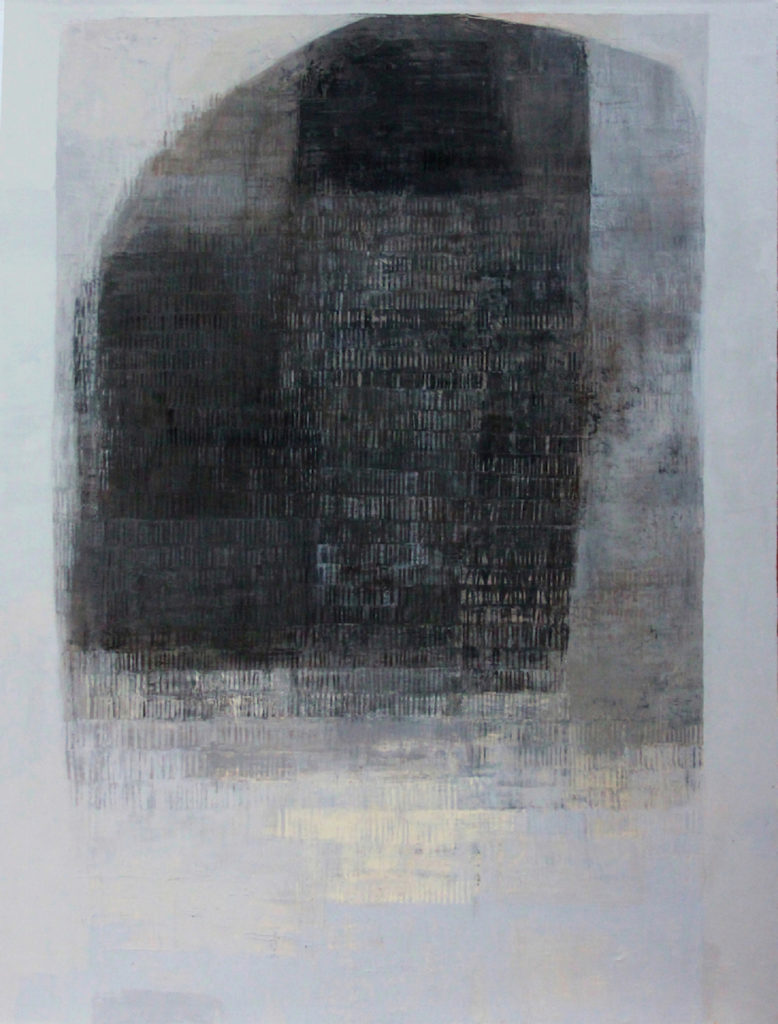
Emily Gherard, Until The Well Runs Dry Courtesy Bridge Productions, Seattle.
Meanwhile, Seattle-based dealers said the fair has successfully drawn both local collectors and new faces from outside the region. Gallerist James Harris, who presented a large painting by Joan Brown, a figurative painter from the Bay Area, alongside work by local artist Fay Jones, reported seeing collectors from Canada, Oregon, and New York. “I also see some clients here that don’t wander into the gallery anymore. So it’s a good way to galvanize the community,” he said.
Sharon Arnold, founder of local gallery Bridge Productions, noted that those from the tech industry tend to be more cautious and don’t necessarily buy frequently—but when they do buy, they buy what they love, and are not necessarily hung up on brand names.
Arnold opted for a solo presentation of work by Seattle-based Emily Gherard, and had sold a large oil on linen work with an asking price of $18,000 to a new client from outside Seattle, within the opening hours of the show.
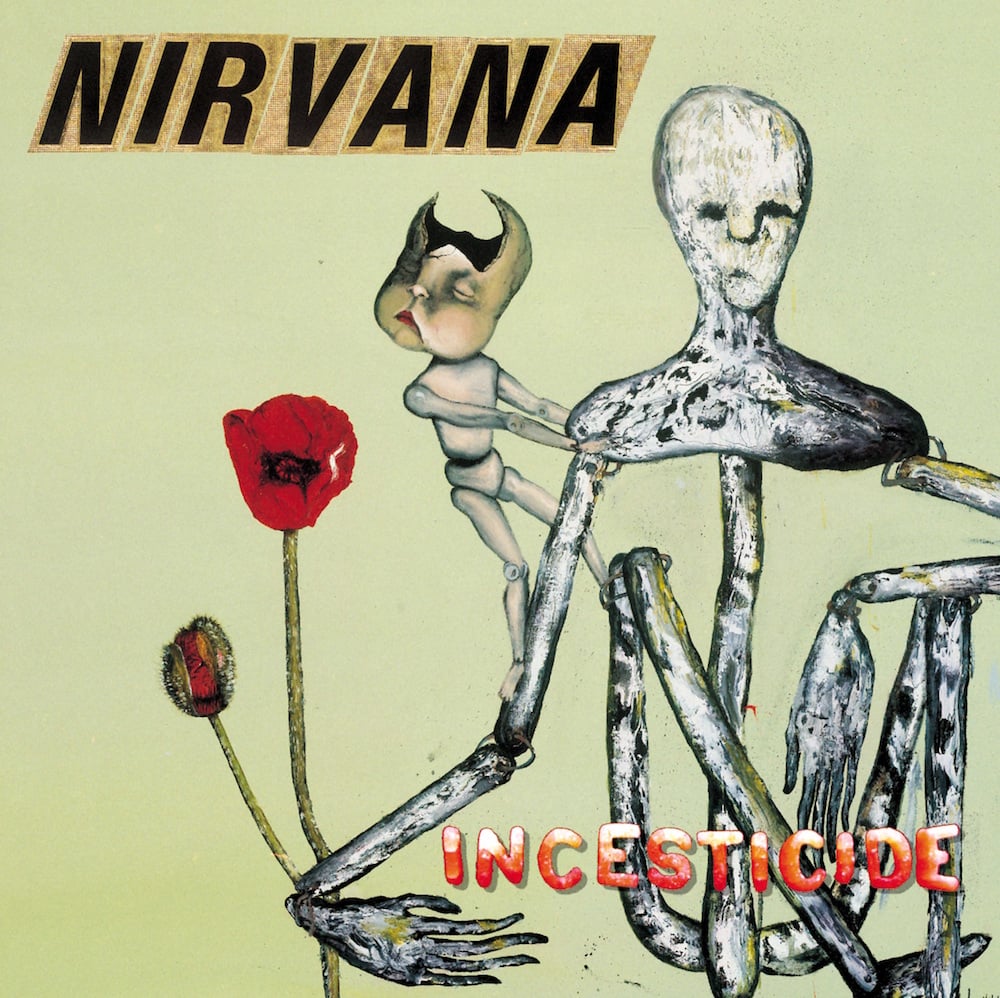
A painting by Kurt Cobain on view at the Seattle Art Fair at first time exhibitor UTA. The work was also used for the cover of Nirvana’s 1992 collection of B-sides, Incesticide.
Another booth with local ties that, perhaps not surprisingly, caused a stir was that of Los Angeles-based UTA, which presented never-before-seen paintings by former Nirvana frontman (and Seattle-area native) Kurt Cobain.
Though the Cobain works were not for sale, the gallery also presented other art it felt was a natural fit with Cobain’s aesthetic, and reported sales of work by Cyprien Gaillard, Rashid Johnson, Josephine Meckseper, and Raymond Pettibon at prices ranging from $18,000 to $165,000.
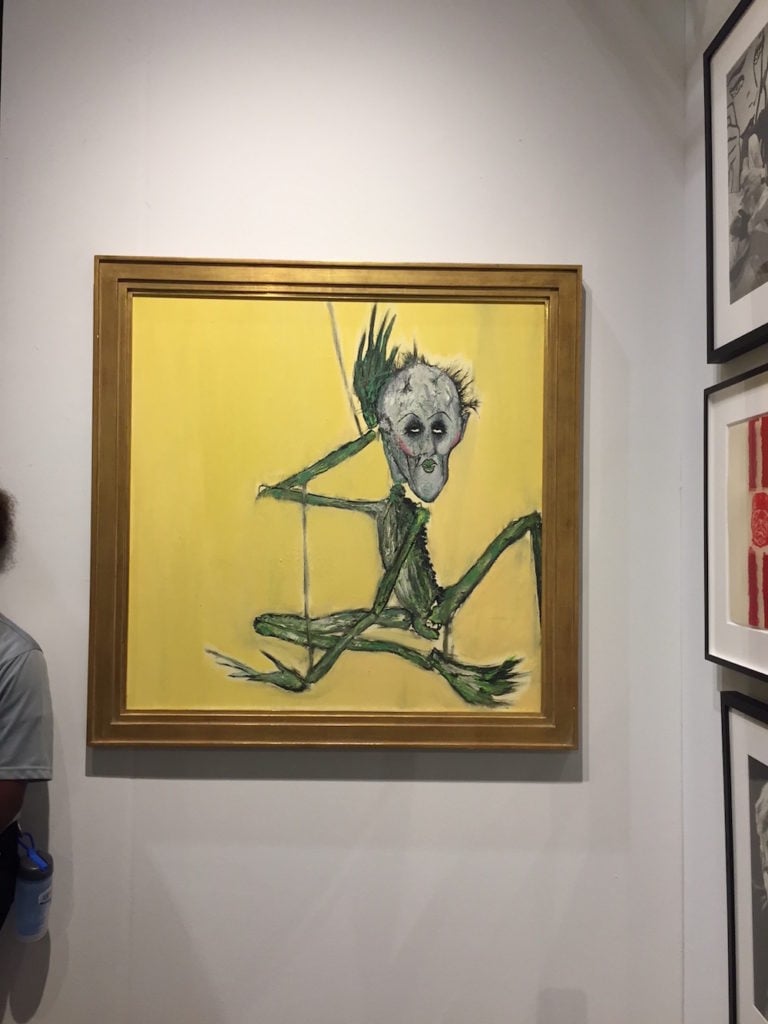
A painting by Kurt Cobain at the UTA booth at Seattle Art Fair. Photo by Eileen Kinsella
In the lead-up to the fair, Fishko said he had focused on expanding the geographic spread of exhibitors. On a recent trip to Japan, he recruited a coterie of roughly a dozen galleries from the region. But he also put energy into cultivating collectors at home, taking advantage of the partnership with Paul Allen to organize educational programming at Microsoft campuses around the country and in Seattle.
It seems to have paid off—at least in terms of attendance. Andich of Gagosian Gallery was encouraged by last night’s turnout, saying, “It’s hard to be at every single art fair and you want to be everywhere you can. But I think this is one that is going to grow and be important especially for this part of the world.”